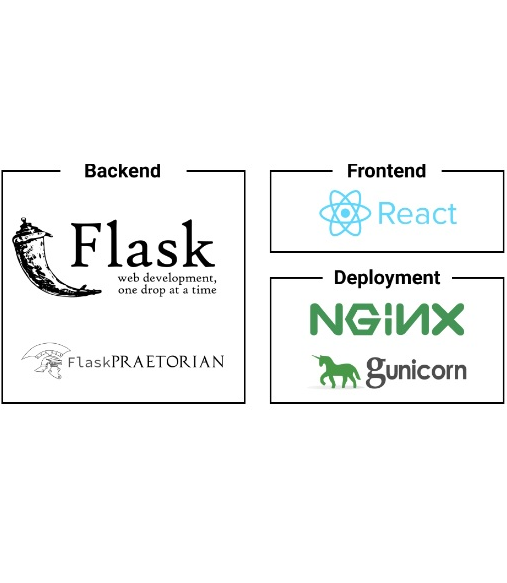Backend Technologies-Python |
Learn more |
|---|---|
Python is a high-level, general-purpose programming language known for its simplicity, readability, and versatility. It was created by Guido van Rossum and first released in 1991. Python has gained widespread popularity among developers for a variety of reasons, and it has a rich ecosystem of libraries and frameworks that make it suitable for a wide range of applications. Here are some key characteristics and uses of Python:
Readability: Python's syntax is designed to be easy to read and write, making it an excellent choice for both beginners and experienced programmers. It uses indentation to define code blocks (whitespace is significant), which enforces a clean and consistent coding style.
Versatile: Python can be used for a wide range of applications, including web development, data analysis, artificial intelligence, scientific computing, automation, scripting, and more.
Large Standard Library: Python comes with a comprehensive standard library that includes modules for various tasks, such as file I/O, regular expressions, networking, and more. This library reduces the need to write code from scratch.
Interpreted: Python is an interpreted language, meaning that code is executed line by line by the Python interpreter. This makes it easy to test and debug code.
Cross-Platform: Python is available on various platforms, including Windows, macOS, and Linux, making it a cross-platform language. Code written in Python is typically highly portable.
Strongly Typed: Python is a dynamically typed language, which means that variable types are determined at runtime. However, it is strongly typed, meaning that type errors are caught at runtime, which can help prevent certain classes of bugs.
Dynamically Typed: Python is dynamically typed, which means you don't need to declare the data type of a variable when you define it. This allows for flexibility but also requires careful attention to variable types during development.
Extensible: Python can be easily extended by writing modules in C or C++, allowing you to incorporate existing libraries and systems into your Python code.
Community and Ecosystem: Python has a large and active community of developers who contribute to its growth. There are many third-party libraries and frameworks available, making Python suitable for a wide range of applications.
Popular Libraries and Frameworks: Python has a plethora of libraries and frameworks that facilitate various tasks, including Django and Flask for web development, NumPy and pandas for data analysis, TensorFlow and PyTorch for machine learning, and more.
Scientific and Data Analysis: Python is a popular language for scientific computing and data analysis, with libraries like SciPy, Matplotlib, and Jupyter making it an ideal choice for researchers and data scientists.
Automation and Scripting: Python is often used for automating tasks and writing scripts to simplify repetitive processes.
Python's versatility and its large and supportive community have contributed to its widespread adoption in various industries and applications. It's an excellent choice for both beginners and experienced programmers looking to develop applications, conduct data analysis, create web services, and more.



Lorem ipsum dolor sit amet consetetur sadipscing elitr sed diam nonumy eirmod tempor invidunt labore et dolore magna aliquyam erat sed diam voluptua.